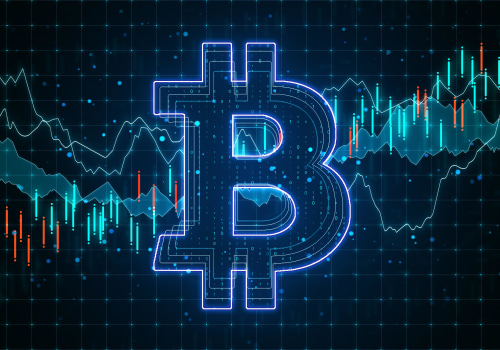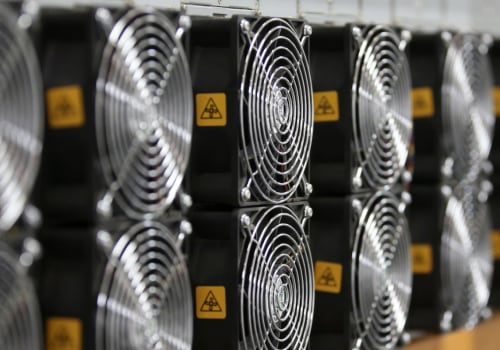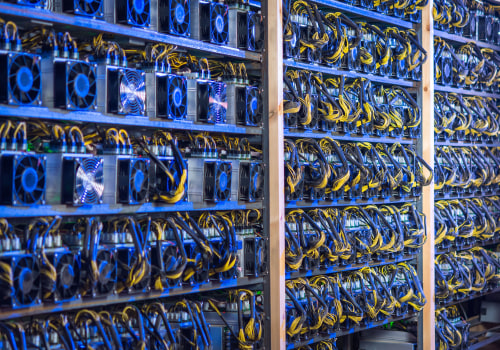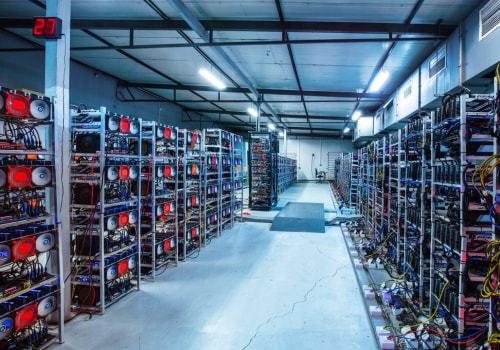Miners are rewarded with 6, 25 bitcoins. This number will drop to 3,125 bitcoins after the
halving in 2024. The reward (plus transaction fees) is paid to the miner who solved the
puzzle first.
Cryptocurrency mining
is the way in which new cryptocurrencies are created. For example, in the case of Bitcoin, miners validate transactions on the blockchain and are rewarded with Bitcoin for their efforts.Cryptocurrency mining seems obvious. Set up a computer to help you solve complex mathematical puzzles and you will be rewarded with a coin or a fraction of a coin. The first Bitcoin miners were able to earn coins relatively quickly just by using the computing power they had in their homes. Bitcoin mining became one of the high-paying pastimes for early cryptocurrency users.
It is usually the miner who has done the most work or, in other words, the one who verifies most transactions. But, as the price of Bitcoin rose, more and more miners became involved in the game, as did the California gold rush of the mid-19th century. The percentage of revenue earned through transaction fees could increase, and payment giants like Mastercard will announce their support for cryptocurrencies. In other words, miners have some degree of influence on the decision-making process for issues such as forking.
Even if Bitcoin miners are successful, it is not clear that their efforts will end up being profitable due to high initial equipment costs and ongoing electricity costs. Bitcoin is one of the most popular types of cryptocurrencies, which are digital means of exchange that exist solely online. A leader in news and information about cryptocurrencies, digital assets and the future of money, CoinDesk is a media outlet that strives to achieve the highest journalistic standards and complies with a strict set of editorial policies. ASICs consume huge amounts of electricity, which has generated criticism from environmental groups and limits the profitability of miners.
As a reward for their services, miners receive newly created bitcoins along with transaction processing fees. But the price of bitcoin has been very volatile, making it difficult or impossible for miners to know how much their payment would be worth each time they receive it. The first miner whose nonce generates a hash less than or equal to the target hash receives credit for completing that block and is awarded the loot of 6.25 BTC. The 1 MB limit was set by Satoshi Nakamoto, and this has become a matter of controversy because some miners believe that the block size should increase to accommodate more data, which would mean that the Bitcoin network could process and verify transactions more quickly.
The cryptocurrency market is young, and for every analyst who sees great potential, there is another one who expects the market to go bankrupt. To successfully add a block, Bitcoin miners compete to solve extremely complex mathematical problems that require the use of expensive computers and huge amounts of electricity. In response, many miners have decided to switch their resources between mining pools based on their payment method and the price of bitcoin.








